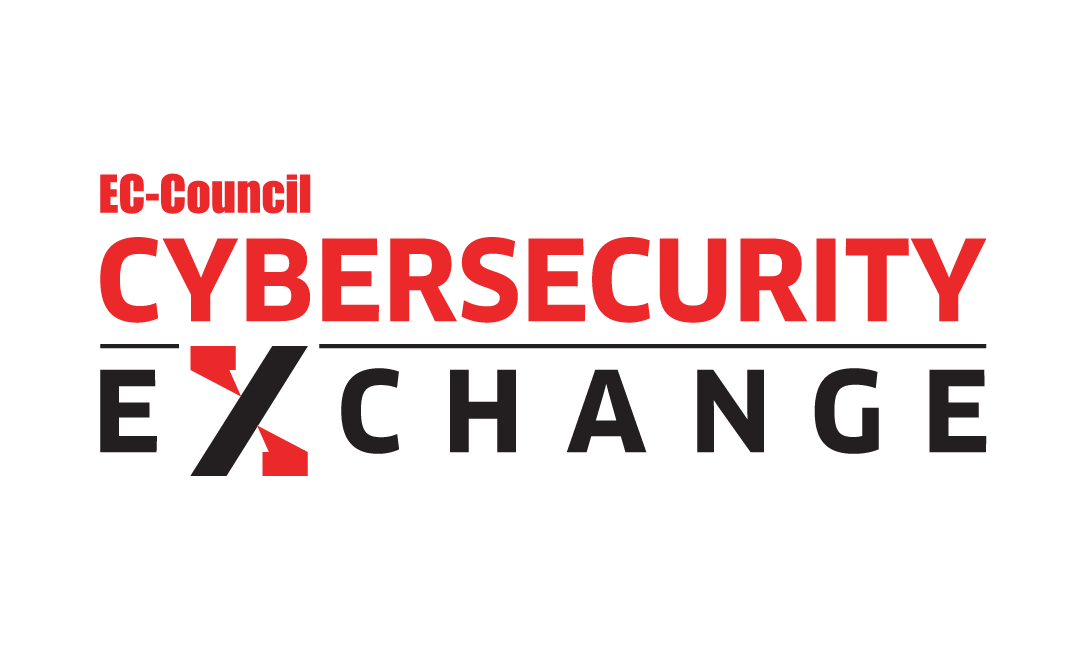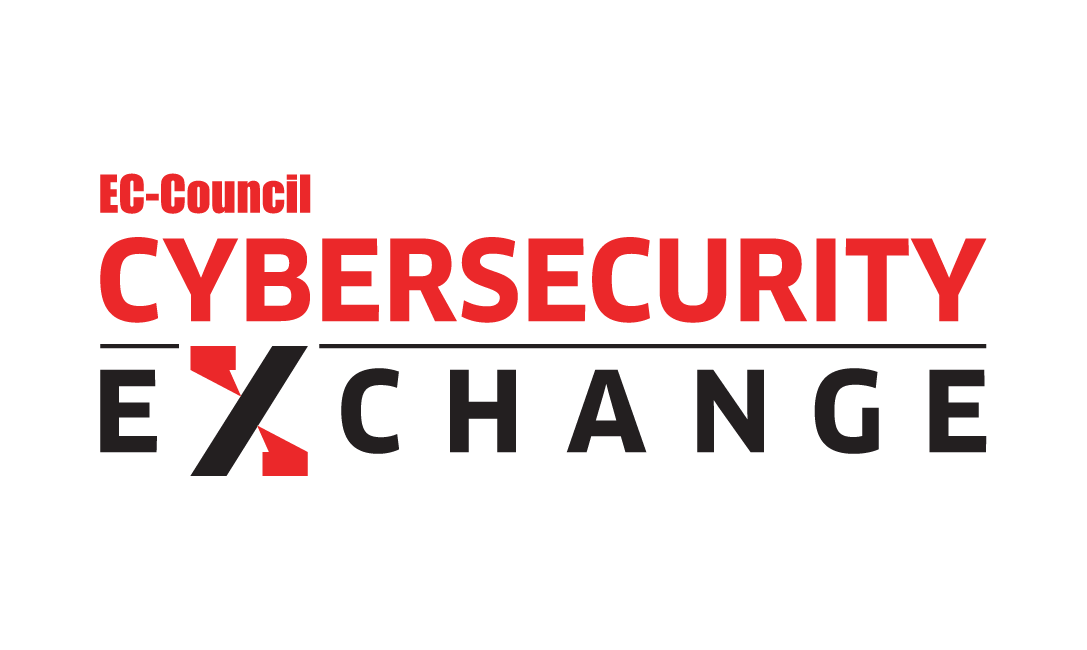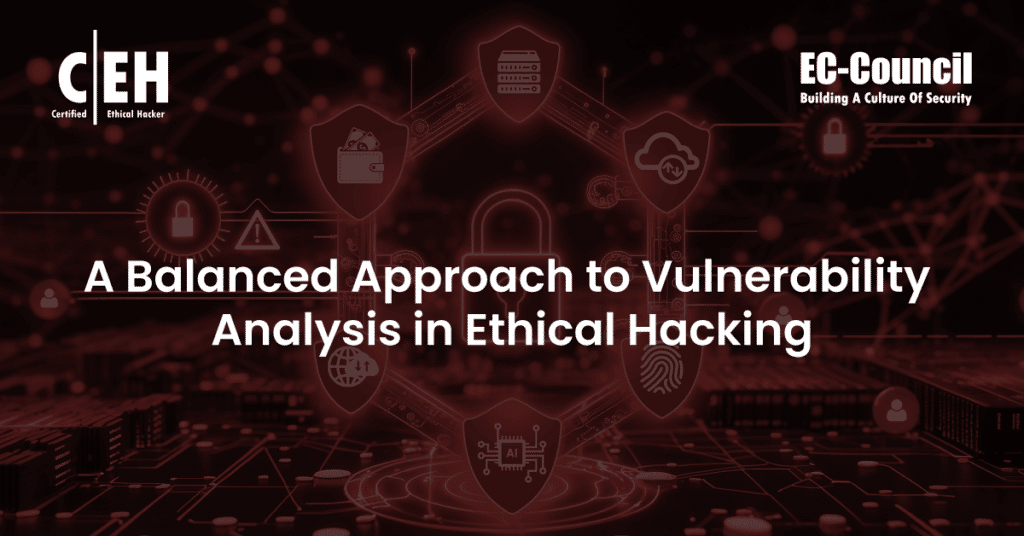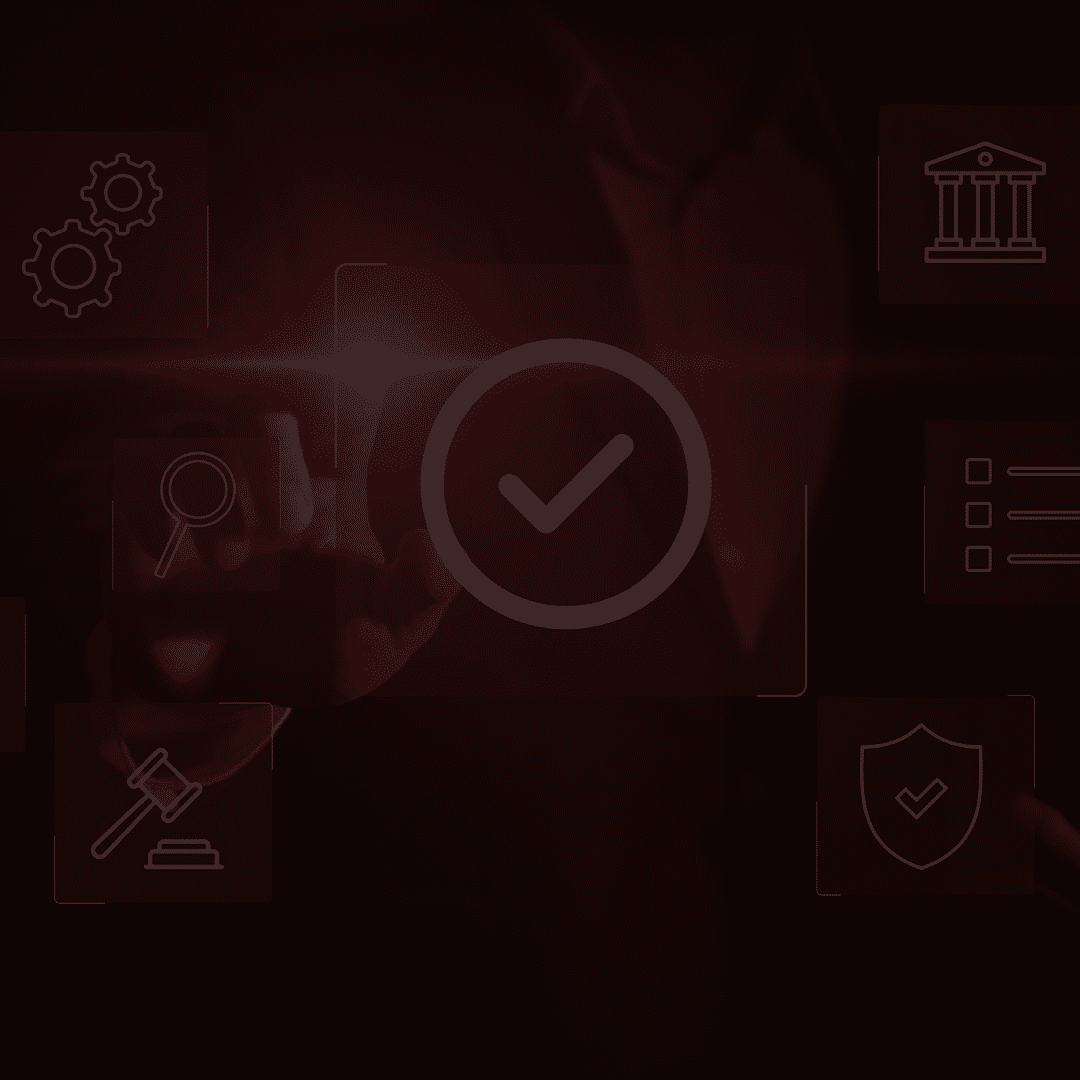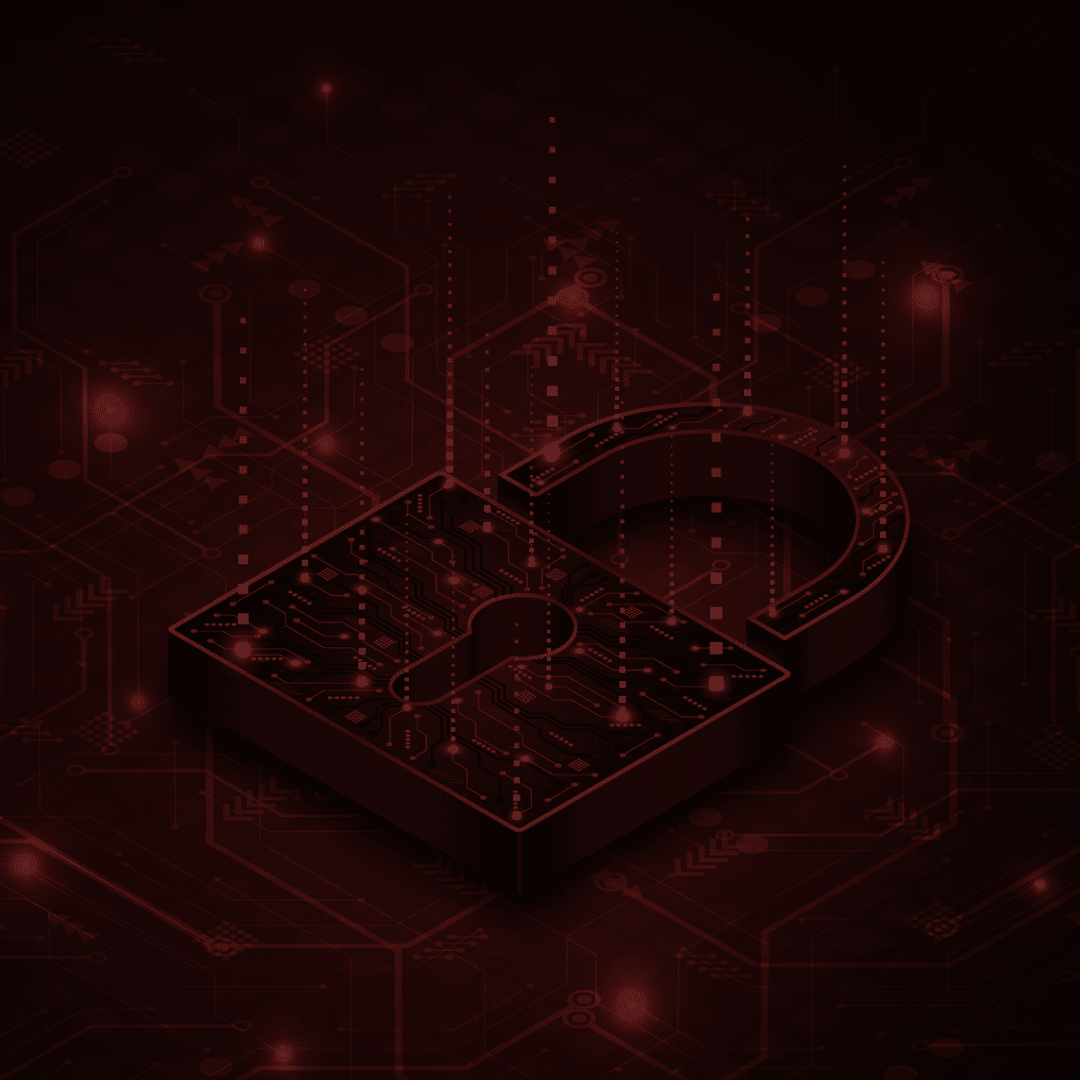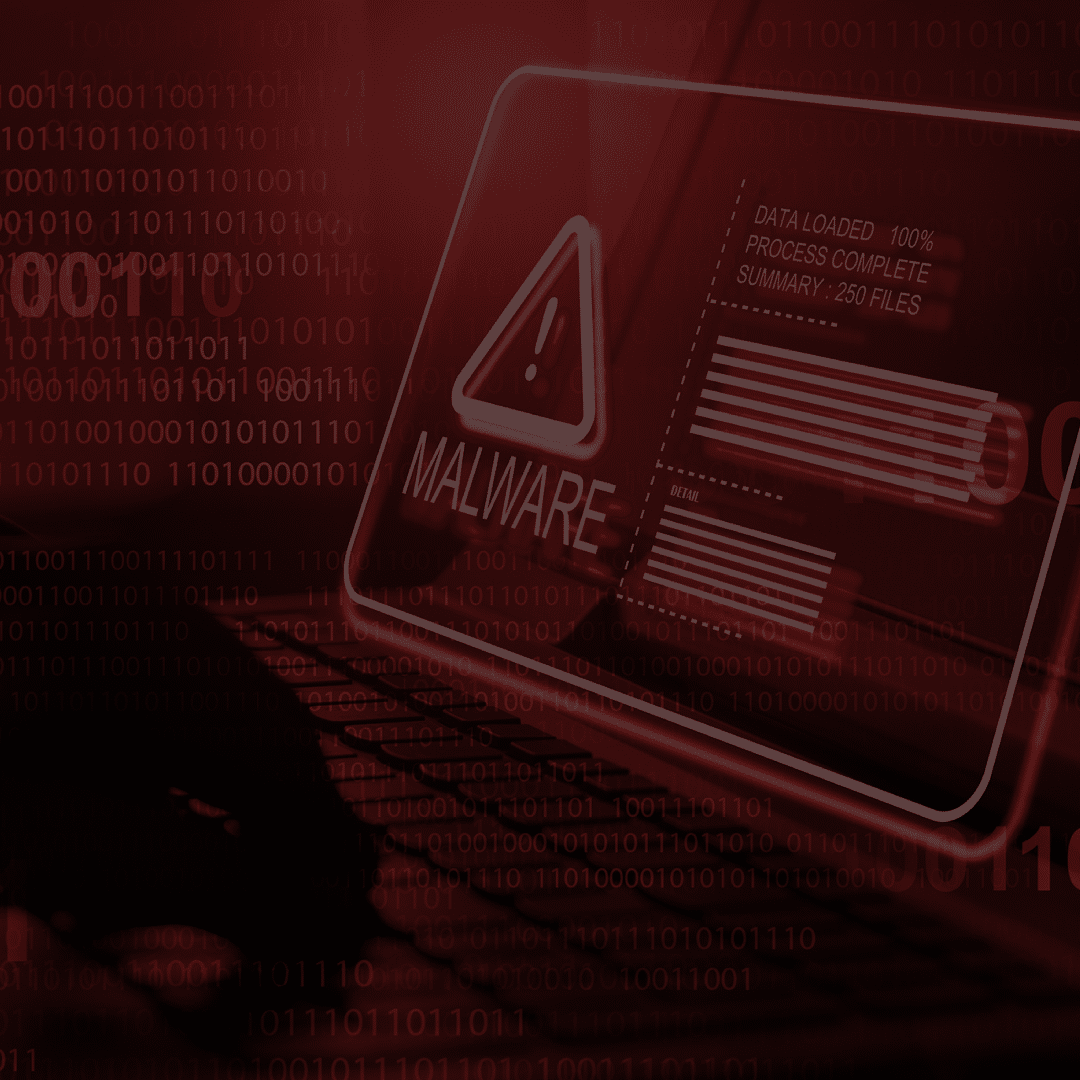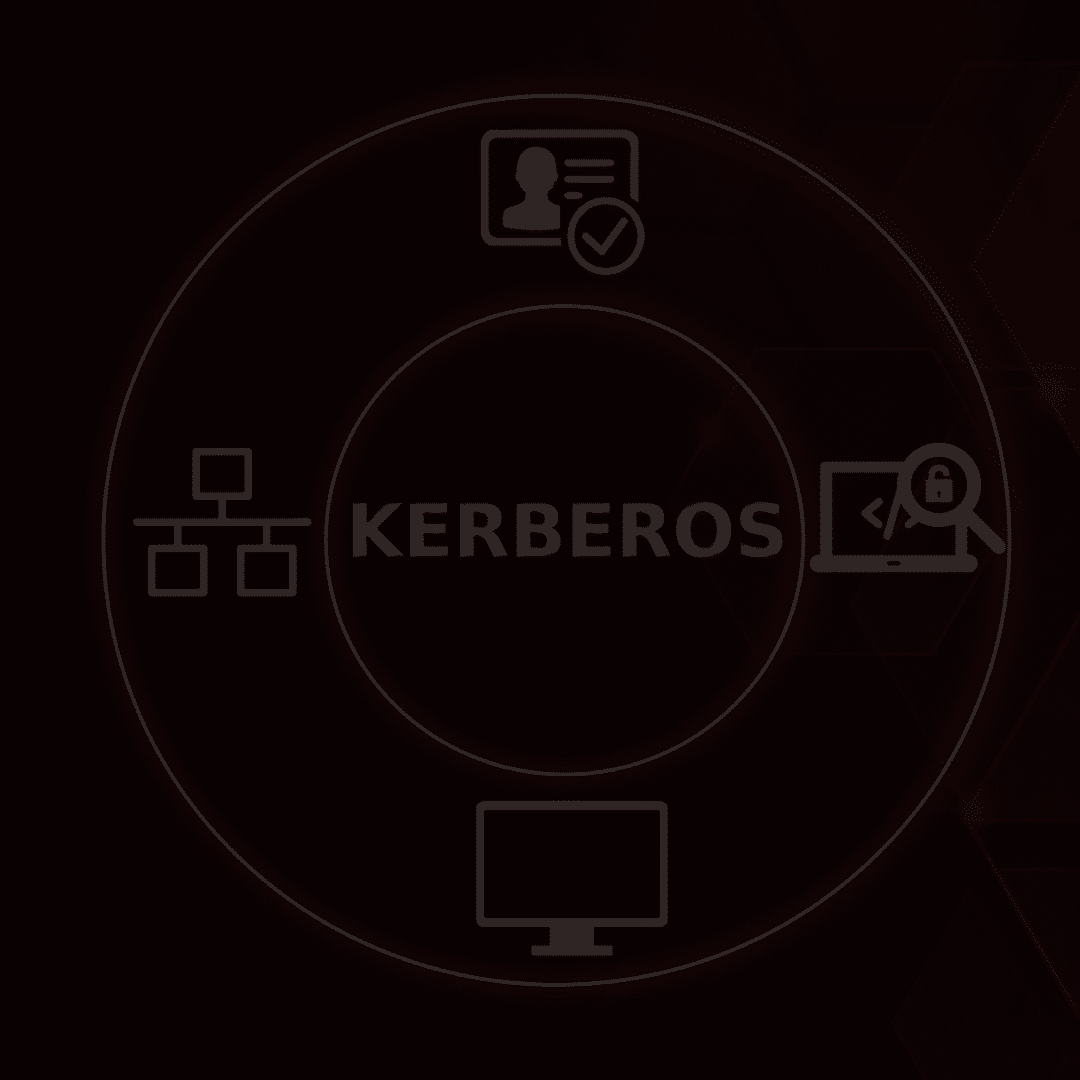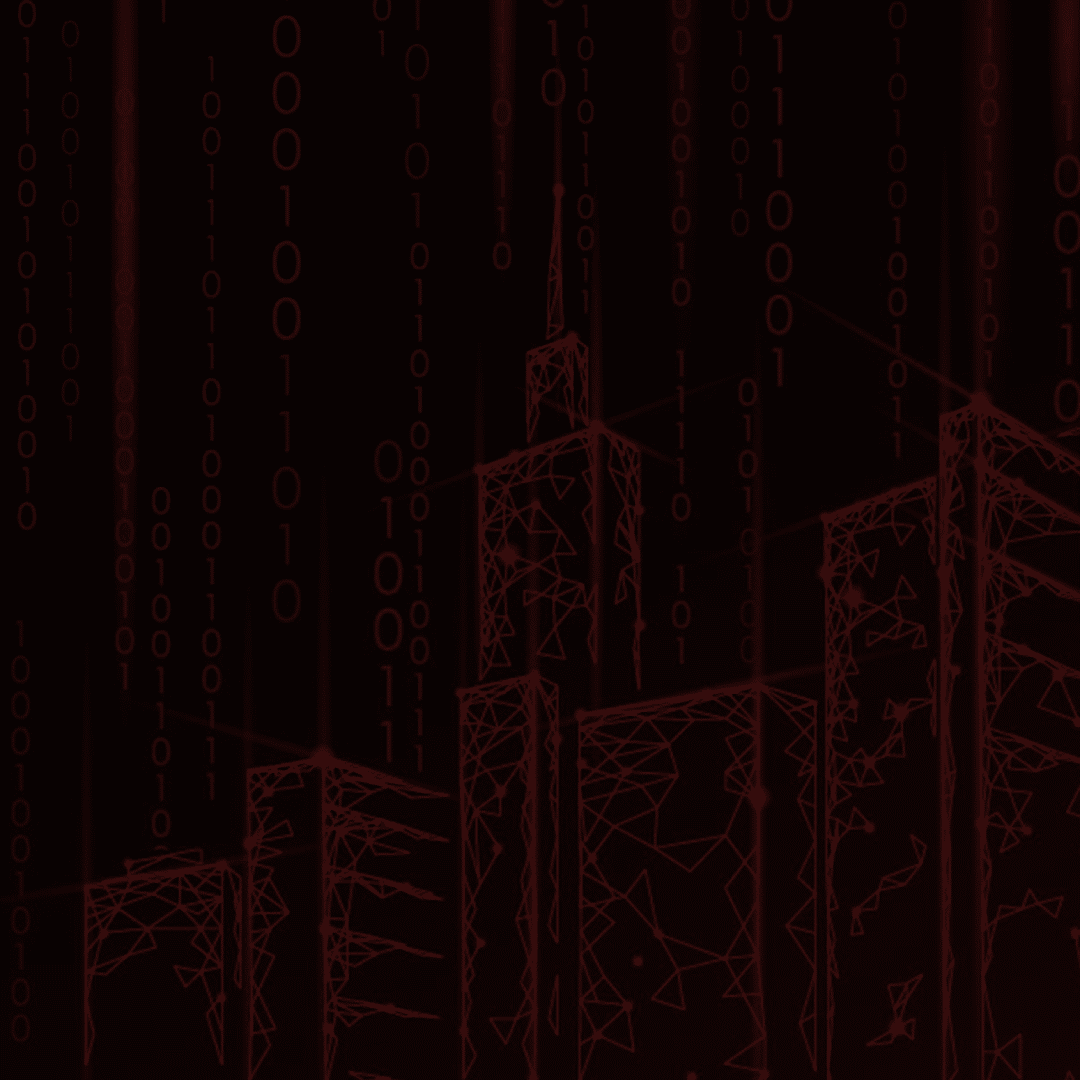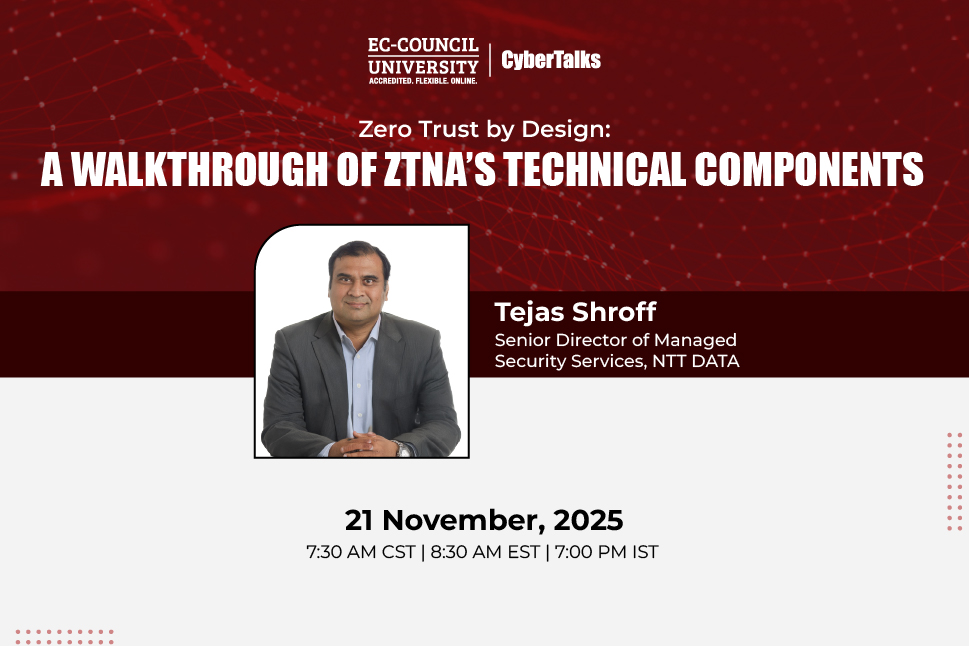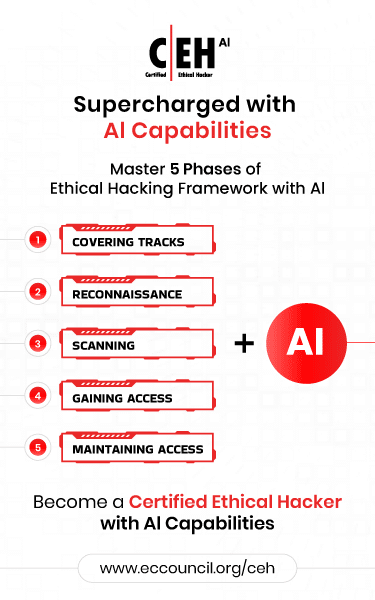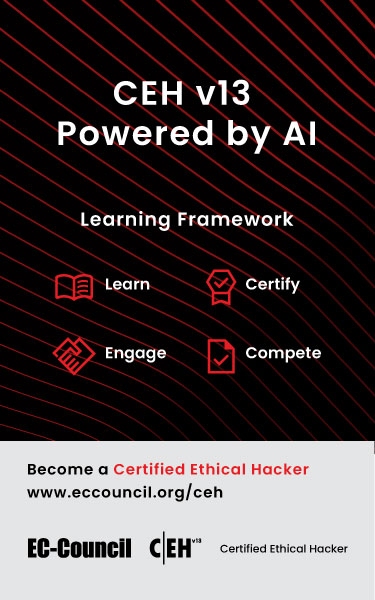Do ethical hackers regularly conduct vulnerability analysis? Can you explain the process you use?
This is essentially a three-step process, where the first step involves gathering the team to get a clear and concise understanding of the objective. We define the scope and expectations and analyze potential issues.
Collectively, we determine where we currently stand and where we aim to be.
Once we’ve outlined our scope, we begin scanning. This includes using our tools to collect the relevant information: both that which is generally expected and sometimes some unexpected information.
We also consider intelligence from potential social engineering attempts, reconnaissance activities, or indicators of malicious behavior.
In the final step, we take the insights from our scans and implement the necessary fixes. This could involve actions like closing open ports, fine-tuning firewall rules, or adjusting IDS/IPS configurations to better detect and mitigate threats. The idea is to address vulnerabilities, especially those that could be critical or harmful to the organization.
What things did you learn about vulnerability analysis in the CEH course?
Oh wow, it really opened my eyes to the different types of attacks, such as reconnaissance attacks, SQL injection, social engineering, and much more.
How essential is it for organizations to regularly identify and analyze vulnerabilities, and what are the benefits?
In today’s world, where even large governments and major corporations are getting breached, it’s absolutely essential for organizations to regularly identify and analyze vulnerabilities. As an IT security professional, you don’t want your organization’s brand to be tarnished by a breach, which can lead to reputational damage, legal consequences, and financial loss.
We live in an era of zero-day attacks, botnets, and ransomware. Understanding your infrastructure, addressing any vulnerabilities that you can fix, and maintaining the protocol to secure as much as possible are crucial steps. While no system can be 100% secure, the goal is to make it as difficult as possible for attackers to succeed. The harder it is for them, the more likely they are to give you up as a potential target for exploitation.
Threat actors are constantly working to exploit weaknesses, hijacking data through ransomware, and launching brute force attacks or making privilege escalation attempts. If you’re not continuously scanning and analyzing your systems for vulnerabilities, you not only risk falling behind but may also have to pay a heavy price. However, by regularly identifying and addressing these weaknesses, you stay one step ahead of attackers. Simple measures like regularly updating passwords and enforcing strong authentication policies can greatly enhance your organization’s security posture.
In conclusion, maintaining a proactive vulnerability management process is vital. While no system is invulnerable, staying vigilant and well-prepared reduces the risk of breaches and protects both your operations and reputation.
In your professional opinion, how should an ethical hacker balance automated and manual vulnerability analysis methods?
The cybersecurity industry is constantly evolving, with an overwhelming amount of data, tools, and emerging threats. It’s nearly impossible to keep up with everything manually. In my professional opinion, there needs to be a strategic balance between automated and manual processes.
How do you deal with false positives in the vulnerability analysis process?
They can be misleading and often result in wasted time and resources. When alerts turn out to be false positives, they divert attention from actual threats that require immediate action. This can have serious implications if a real issue goes undetected.
In my opinion, managing false positives requires a careful balance. Many automated tools generate false positives because they’re based on different detection methodologies—some are behavioral-based, some are signature-based, and others are client-based. These variations can result in inconsistent accuracy, which makes it a strenuous and often frustrating process to sort through alerts.
Therefore, it’s important to verify and, when uncertain, escalate the alert to another team member or security unit who might have more context.
The constant stream of alerts can quickly become overwhelming, especially when you’re investigating one and immediately get hit with another. That’s why it’s essential to build a workflow that allows for effective triaging and collaboration. Delegating uncertain cases and focusing on higher-priority issues can improve overall efficiency.
While the industry is gradually improving—especially with advancements in behavioral analysis technology—many tools are still not mature enough to eliminate false positives entirely. Until detection tools become more refined, handling false positives will remain a significant and ongoing challenge in cybersecurity.
What tools or resources do you use regularly for vulnerability analysis?
I use a tool called Nessus, which is quite effective and regularly provides notifications related to potential vulnerabilities. There’s definitely room for improvement, but it’s a solid resource. I also use another tool called Critical Insight. Both tools offer valuable guidance and insights for vulnerability analysis.
That said, like any tool, they have their limitations—particularly when it comes to false positives. While they’re helpful, it’s important not to rely on them blindly.
